The Unthinkable Happens: Car Imports To Allegedly Closed Japan Up 22 Percent, Foreign Share Highest In Recorded History

When we talked about Japanese auto sales in 2011, we told you that sales of imported cars were missing, and that they would be available today. They are. Aided by a shortage of domestic cars and a strong yen, Japanese connected with their inner gaijin and bought 22.5 percent more imported cars in 2011 than in the year before. According to data released by the Japan Automobile Importers Association, 275,644 foreign-built vehicles entered the allegedly closed Japanese market, gaining a market share of 10.3 percent.
“Sales of imported cars topped 10% for the first time since records began in 1966,” a JAIA official told The Nikkei [sub].
Japanese automakers joined the importing fray, led by Nissan. Nissan imported 50,269 cars to Japan in 2011, up 86 percent. Second largest Japanese importer was Toyota.
Sales by foreign automakers grew 13.1 percent to 205,857 vehicles in 2011, grabbing a record 7.7 percent market share.
Japan’s largest importer remains the Volkswagen Group which enlarged its leadership role by 13 percent to 72,028 units. You will not hear a Volkswagen executive complain about a closed Japanese market. I worked for them for more than 30 years, they complained a lot, but never about that. Volkswagen is followed by BMW and Daimler. Fiat-Chrysler shows nice growth, aided by strong Jeep sales.
Ford and GM are treading water. Porsche sold more cars in Japan than Ford or GM.
Newly Registered Imported Vehicles by Brand(Total Passenger Cars, Trucks and Buses)December 2011 January – December 20112011Share2010Growth2011Share2010GrowthVolkswagen Grp5,97522.75%4,62429.22%72,02826.13%63,75912.97%VW4,19415.97%3,15133.10%50,63518.37%46,7078.41%Audi1,7536.67%1,44521.31%21,1667.68%16,85425.58%Bentley140.05%24-41.67%1260.05%136-7.35%Lamborghini140.05%4250.00%990.04%6065.00%Bugatti20.00%2Nissan1,7296.58%2,843-39.18%50,26918.24%26,96786.41%BMW Group6,66525.38%5,39623.52%48,76617.69%44,04010.73%BMW5,18319.73%4,27121.35%34,19512.41%32,4265.46%BMW MINI1,4685.59%1,10233.21%14,3505.21%11,33826.57%BMW Alpina80.03%17-52.94%1410.05%202-30.20%Rolls Royce60.02%6800.03%748.11%Daimler4,21316.04%3,30527.47%34,43512.49%32,0437.46%Mercedes-Benz4,08115.54%3,11031.22%33,21212.05%30,9367.36%smart1320.50%192-31.25%1,2140.44%1,10110.26%Maybach390.00%650.00%Fiat-Chrysler1,3935.30%1,22213.99%13,4254.87%11,74814.27%Fiat5962.27%599-0.50%5,9602.16%5,5627.16%Jeep3991.52%148169.59%3,1541.14%1,87768.03%Alfa Romeo1400.53%251-44.22%1,8630.68%1,8162.59%Dodge1290.49%9535.79%1,1060.40%86827.42%Chrysler630.24%5026.00%6110.22%777-21.36%Maserati160.06%29-44.83%2490.09%287-13.24%Ferrari390.15%42-7.14%3860.14%493-21.70%Lancia110.04%837.50%960.03%6841.18%Toyota1,4945.69%1,03045.05%15,3775.58%10,23450.25%Volvo2,1058.01%1,13884.97%11,9974.35%7,89451.98%PSA Group1,0754.09%9977.82%9,2313.35%8,4239.59%Peugeot7132.71%64710.20%6,1372.23%6,0211.93%Citroen3621.38%3503.43%3,0941.12%2,40228.81%Suzuki150.06%381-96.06%3,0911.12%4,325-28.53%Porsche4411.68%38115.75%3,6581.33%3,3359.69%Ford3431.31%3381.48%3,4691.26%3,04713.85%Renault2340.89%16145.34%3,0681.11%2,53720.93%General Motors3181.21%2909.66%3,0831.12%2,45325.68%Chevrolet1420.54%9844.90%1,2680.46%90540.11%Cadillac1380.53%140-1.43%1,3920.50%1,05731.69%Hummer220.08%36-38.89%2930.11%376-22.07%GMC150.06%16-6.25%1170.04%10610.38%Buick10.00%110.00%757.14%DAEWOO20.00%2JLR Group1630.62%233-30.04%1,9620.71%1,9082.83%Jaguar750.29%154-51.30%1,0200.37%1,138-10.37%Land Rover880.34%7911.39%9420.34%77022.34%Honda410.16%147-72.11%9450.34%1,292-26.86%Lotus200.08%32-37.50%2710.10%312-13.14%Mitsubishi10.00%11-90.91%1050.04%182-42.31%Aston Martin160.06%1414.29%1400.05%12115.70%Hyundai40.02%5-20.00%810.03%208-61.06%Saab20.01%13-84.62%600.02%63-4.76%Rover80.03%633.33%490.02%67-26.87%Morgan2160.01%156.67%MG10.00%1110.00%757.14%Detomaso140.00%2100.00%Pontiac20.01%1100.00%120.00%1020.00%GMDAT50.00%5Unimog20.01%3-33.33%70.00%540.00%Kia30.00%3Autobianchi120.00%3-33.33%Mini20.01%1100.00%40.00%4Opel10.00%4-75.00%Saturn10.00%3-66.67%Subaru1Others30.01%1200.00%680.02%637.94%Total26,265100%22,57816.33%275,644100.00%225,08322.46%

Bertel Schmitt comes back to journalism after taking a 35 year break in advertising and marketing. He ran and owned advertising agencies in Duesseldorf, Germany, and New York City. Volkswagen A.G. was Bertel's most important corporate account. Schmitt's advertising and marketing career touched many corners of the industry with a special focus on automotive products and services. Since 2004, he lives in Japan and China with his wife <a href="http://www.tomokoandbertel.com"> Tomoko </a>. Bertel Schmitt is a founding board member of the <a href="http://www.offshoresuperseries.com"> Offshore Super Series </a>, an American offshore powerboat racing organization. He is co-owner of the racing team Typhoon.
More by Bertel Schmitt
Latest Car Reviews
Read moreLatest Product Reviews
Read moreRecent Comments
- EBFlex The way things look in the next 5-10 years no. There are no breakthroughs in battery technology coming, the charging infrastructure is essentially nonexistent, and the price of entry is still way too high.As soon as an EV can meet the bar set by ICE in range, refueling times, and price it will take off.
- Jalop1991 Way to bury the lead. "Toyota to offer two EVs in the states"!
- Jalop1991 I'm sorry, Dave. I'm afraid I can't do that.
- Jalop1991 We need a game of track/lease/used/new.
- Ravenuer This....by far, my most favorite Cadillac, ever.

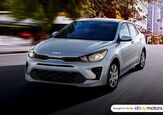
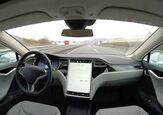













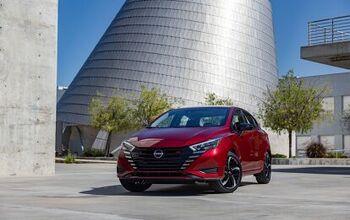
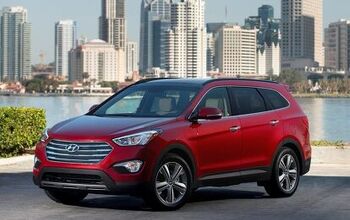

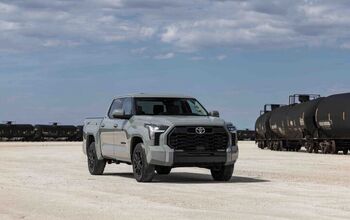
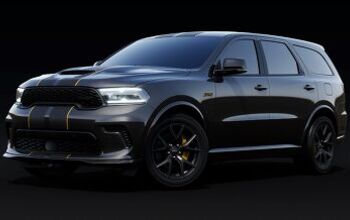
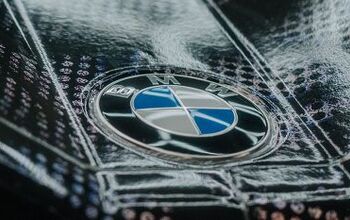
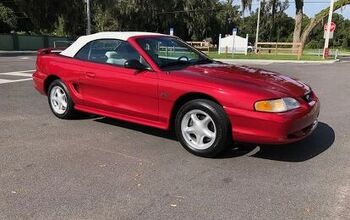
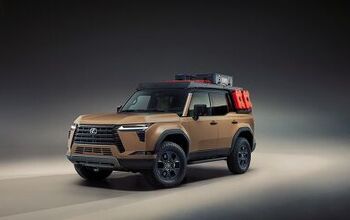



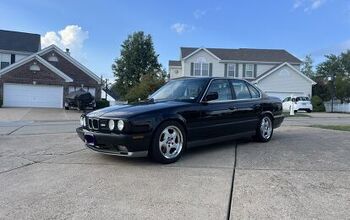
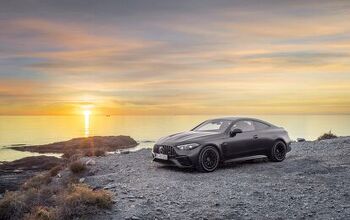
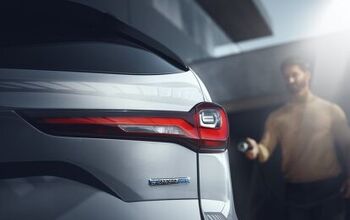
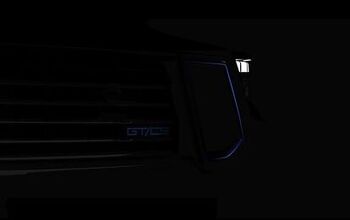
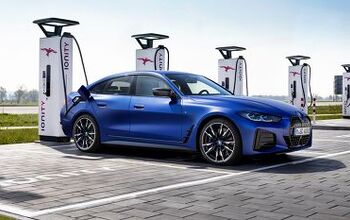
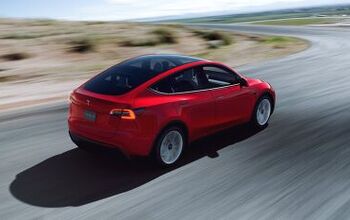

Comments
Join the conversation
This article is does not tell the entire story of why American or European imports make up such a small percentage of the Japanese and Korean home markets. Just read a few sentence below and then check the other article as see “What the truth about cars” is Steve Biegun, a strategist for Ford, during a lecture in 2007 stated this about Ford’s attempts to break into the Korean car market * Ford was barred from airing advertising commercials except between 2 a.m. and 6 a.m. * Its showrooms’ floor space was restricted by government regulation. * Korean tax officials automatically audited anyone who bought a foreign car The tax audit tactic was copied from the Japanese. The Japanese also adjusted emission requirements, as needed, to block entry of foreign car makers, changing the requirements, while shipments of cars were in transit, so that they would not meet emissions specific ions upon arrival. What cars are allowed in are the more expensive luxury ones, the cars that don’t compete against the cars of the masses. Example Korea: The #1 selling car in Korea for 2011 was the Mercedes E300 CDi at just over 7,000 sold in a market of 1,484,082 cars sold or in other words a ratio of 7:1484 and that is the largest selling imported car, the rest have numbers even smaller than that. What about a total of 275,000 imported vehicles into Japan in a market of over 4,210,0000 vehicles? 275,000 vehicles divided up between 52 importers of which a few are Japanese nameplates. What about the closed parts industry in Japan, while there maybe a bias against foreign cars, a light bulb is a light bulb, a wiper blade is a wiper blade, show me a foreign parts suppliers not tied to a Japanese car maker that sells in Japan. Publish this list and the % sales in Japan. If you doubt these words, to go this web site http://counterpunch.org/2009/07/03/detroit-s-collapse-the-untold-story/
Bertel, I like how you conveniently forgot to take into account sales of kei cars. Counting kei cars, you would get about 6% market share for imports. Not to mention a good chunk of these imports are from Japanese brands.